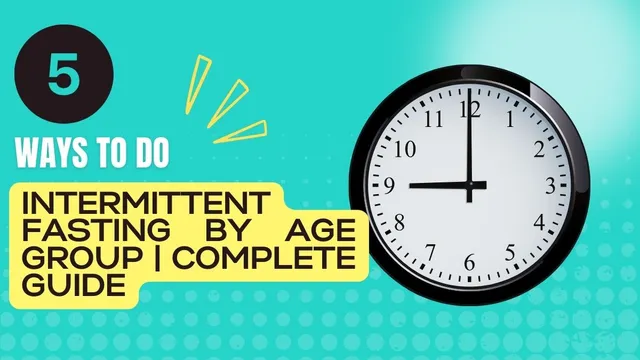- By Priyanka Munshi
- Mon, 24 Jun 2024 03:16 PM (IST)
- Source:JND
The dietary plan known as intermittent fasting, which alternates between eating and fasting times, has several health advantages and can be customized in various ways to suit different lifestyles. The 16/8 approach is a popular technique that simplifies meal scheduling and routine maintenance by having people fast for 16 hours and eat within an 8-hour window.
The 5:2 diet is another strategy that involves eating regularly for five days a week and drastically cutting calories on the other two. This method offers the freedom to select fasting days that work best for one's schedule. Another useful strategy is alternate-day fasting, which involves alternating between a day of regular eating and a day of fasting or extremely low-calorie intake. By cutting total caloric intake and increasing metabolism, these alternate-day fasting techniques can aid in weight management.
Additionally, intermittent fasting can reduce inflammation, improve blood sugar regulation, and enhance brain function by assisting with cellular repair processes. Furthermore, it can enhance heart health by lowering blood pressure, cholesterol, and the risk of heart disease. Besides its positive effects on physical health, many people find that intermittent fasting facilitates a healthier relationship with food, streamlines eating habits, and saves time during meal preparation. We have compiled a list of different ways to practice intermittent fasting for all age groups here.
16/8 Intermittent Fasting
The 16/8 diet involves fasting for 16 hours and eating within an 8-hour window, requiring thoughtful meal planning and preparation. This technique has a specific time limit for eating.
Also Read: 5 Healthy Reasons Why You Must Have Gond Katira In Summer Season
5:2 Intermittent Fasting
The 5:2 fasting plan involves eating normally for five days and then following a low-calorie, low-fat diet for the other two days, according to NIH.
Warrior Diet
The warrior diet plan calls for eating meals high in protein, fasting and feasting, and exercising to maintain fitness while keeping body fat at bay.
Alternate-Day Fasting
This fasting pattern consists of alternating days of regular eating and fasting, with calorie intake restricted to 20% of total energy requirements on fasting days, typically limiting it to around 400 calories, according to NIH.
Skip a Meal
Skipping major meals, such as breakfast, lunch, or dinner, keeps the body in a fasting state and helps reduce overall calorie consumption.
(Disclaimer: This article is for informational purposes only. It is not a substitute for professional advice, diagnosis or treatment.)

